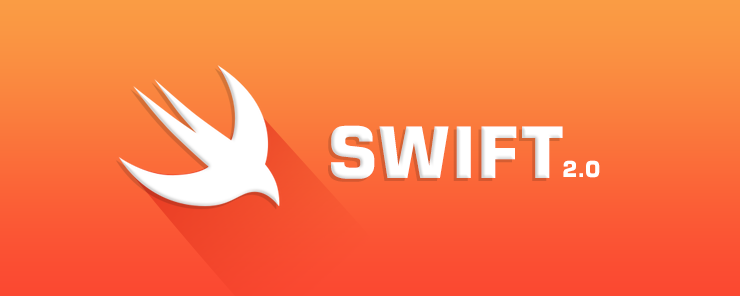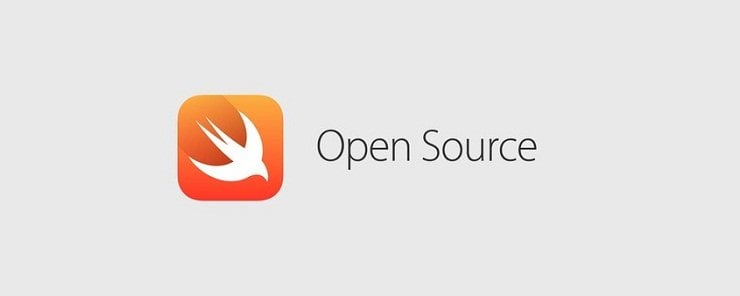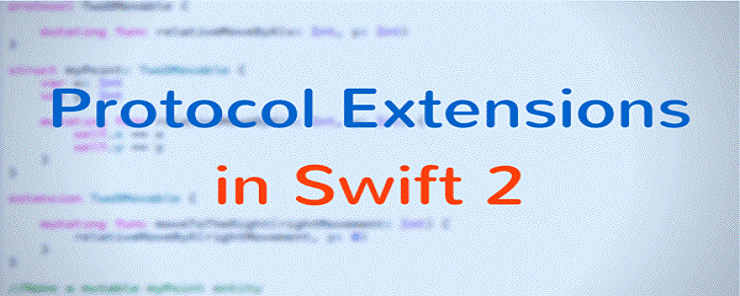When Swift came out, it revolutionized the coding world. For years, programmers on the Apple platform were limited by the extremely intimidating and difficult coding structure behind Apples apps, but that all changed with Swift. Forged from Objective-C, Swift was made to be a user-friendly coding language that is easy to work with, understand, and apply. As more programmers find out about Swift, the world of application building for the Apple platform will continue to grow, but what makes Swift 2 so much better than its predecessor?
Apple has a history of keeping things close to its chest. While many of its building tools have been made available for free, a lot of Apple has been proprietary. Starting in 2015, Swift 2 will be an open source code. This means it will integrate with other programs, and give 3rd parties a chance to develop for Apple. This will expand the world of Apple related apps like never before, and give programmers that never would have considered working in Swift a chance to see what they can do.
Error Handling Model
Finding errors in your code is one of those things you will have to do. It doesn’t matter how good you are at coding or how many years of experience you have, you’re going to mess up. All good coding languages have an error handling process, and Swift is no exception. In swift, you have an error handling process that is clear and concise, and very similar to NSError and Cocoa.
Here is an example of an error code, as provided by Apple:
func loadData() throws { }
func test() {
do {
try loadData()
} catch {
print(error)
}
}
On top of being quick and easy to insert, Swift 2 allows for your own custom error types, which means that you can set your apps to have their own unique error handling. This means when you have errors relating to a specific part of your code, you won’t have to worry about casting a wide net to find one or two inconsistencies in one particular sections. This alone has coders excited about how much time they’re going to save.
Availability
There are multiple OS platforms out there, and sometimes you might find yourself coding beyond what a version of your software can manage. The worst part is you may not even be aware which command or method you’ve plugged in is causing the problem. In Swift 2, you can run a compatibility checker to make sure your code is being written in a slimmed down version that would be backwards compatible with older platforms. Also, you have the ability to flag sections of potential problem code with your own unique keywords. This means that you can develop around the issues that are going to hit older OS users, and come back to them as needed. It also means an end to accidentally developing something that your primary audience may not be able to use.
One of the more useful tools for a coder is the availability of global references. Having a set of commands available across the scope of your project can be a valuable and time saving tool, and in the latest version of Swift, this is accomplished quickly and easily via protocol extensions. This essentially takes the place of global functions and lets you do natural chains of code. In fact, the standard library of functions available in Swift is built around you using global functions, making referencing code easier than ever before.
Improved SDK’s
Are you tired of using optionals? In the latest version of Swift, you shouldn’t have to. Well, you shouldn’t have to as often. The improved SDK commands help to limit the need for this feature and make referencing a lot easier, especially when there is an issue.
Modern
Swift was built with one key goal in mind; to make coding easy for everyone to do. Built on Objective-C and made to be easily referenced by coders. The command language is made to automatically manage Memory, and with the absence of semicolons at the end of your statements, coding has become quick and convenient.

Imagine being able to execute a command based on one line of code. Also, imagine coming over from a Visual Basic background and being able to immerse yourself in an Apple-based language with minimal fuss. That’s the power of the new Swift, and it has coders excited about the possibilities. While written for new operating systems, you can use it for older projects, and with the array of tools Apple has put on the market to make Swift more accessible, it’s only a matter of time before more people discover how functional the Toolkit library and builder tools are.
Learn more from the WWDC
Apple has gone out of its way to make sure that resources for Swift are available to anyone who wants them. Not only can you download toolkits, builders, and add-ons, but there are also dozens of free examples for people to download, complete with walkthroughs on what makes them work and why. Along with this, there are communities that have sprung up that are encouraged by Apple to information share tricks about using Swift with other coders.
And of course, along with all of this, we have Youtube. If you’re looking for some great coding examples, look no farther than the sponsored tutorials and introductory videos posted there. For some more information on Swift and what it can do, check out the following video link:
The future of coding is changing for the better, and with the advancements made in Swift, coders are seeing new horizons they never thought possible. With the world of app development opened up on the Apple platform, game designers, product manufacturers, and global teams of developers will now have a new platform to test their skills on, and consumers are going to see a huge surge in available products.





